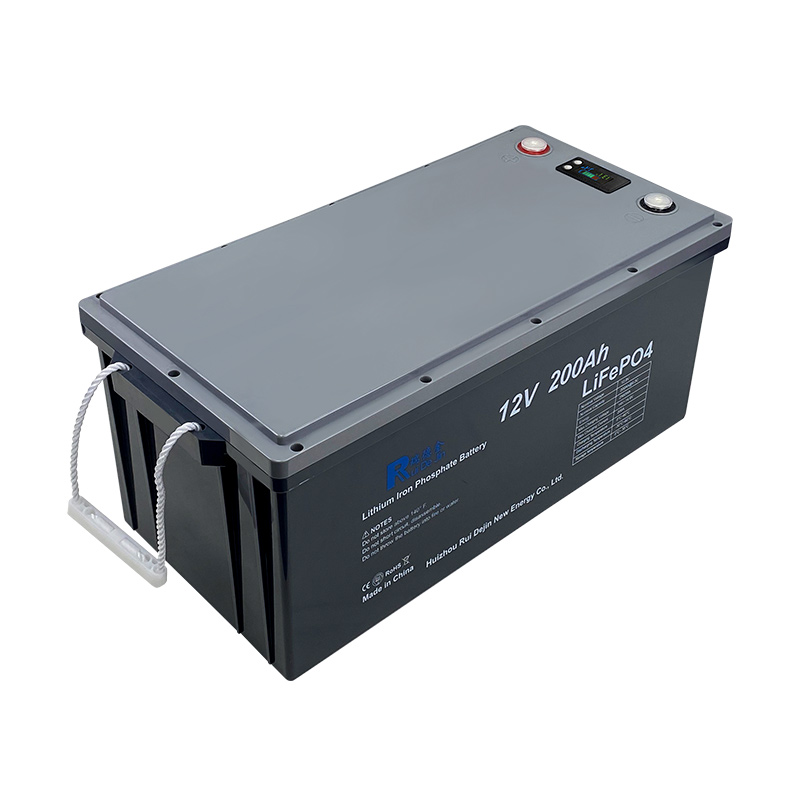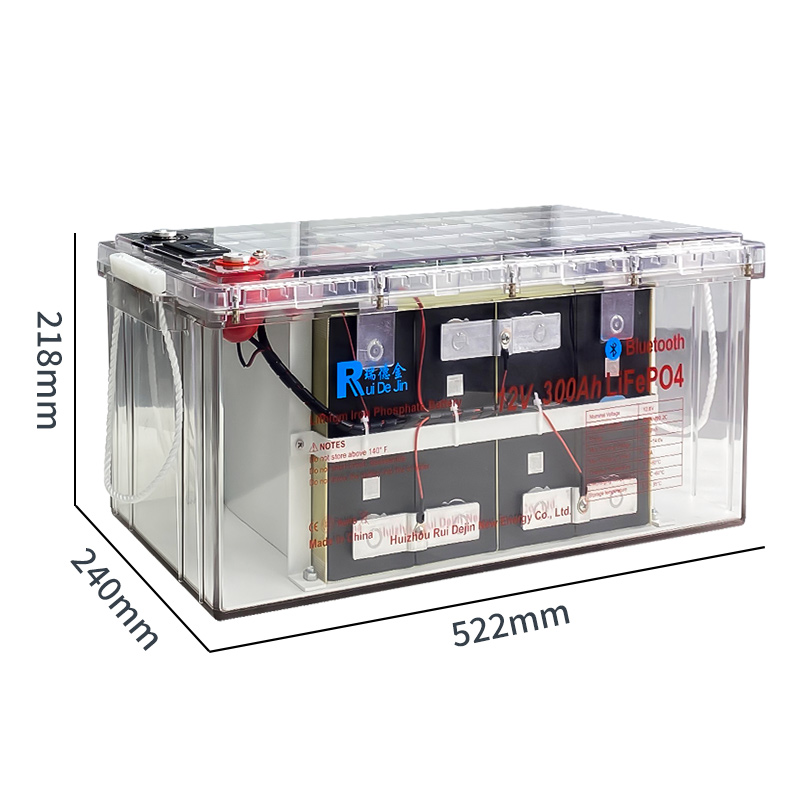The so-called “Three Musketeers” of new energy vehicles refer to three different power modes: fuel cell, hybrid, and pure electric. Since the beginning of this year, the pure electric model of Tesla has swept the world, and domestic domestic hybrid vehicles such as BYD and Qin have also flourished. It seems that among the “Three Musketeers”, only the performance of fuel cells is slightly lackluster.
At the currently held Beijing Auto Show, multiple dazzling new fuel cell models have become the “stars” of the exhibition. This situation reminds people that the marketization of fuel cell vehicles is gradually approaching. A-share market fuel cell concept stocks, mainly including SAIC Group, which is developing fuel cell vehicles [-0.07% funding research report] (600104); Holding companies of fuel cell enterprises, such as Jiangsu Sunshine, the major shareholder of Shenli Technology [-0.94% funding research report] (600220), Great Wall Electric [-0.64% funding research report] (600192), and Nandu Power [-0.71% funding research report] (300068), which hold shares in Xinyuan Power; And other related enterprises in the industrial chain, such as Huachang Chemical [-0.90% funding research report] (002274) involving the reducing agent “sodium borohydride” and Kemet Gas [0.46% funding research report] (002549) with hydrogen supply capacity.
“Fuel cells are actually the reverse chemical reaction of electrolyzing water. Hydrogen and oxygen combine to produce water, producing electricity. In theory, fuel cells can be used wherever electricity is used.” Zhang Ruogu, Deputy General Manager of Shenli Technology, used this as an opening statement in an interview with Securities Times reporters. It is understood that the company’s main direction is the research and industrialization of hydrogen proton exchange membrane fuel cells and other technologies, involving various fuel cell products with different uses. Jiangsu Sunshine and Fosun Pharmaceuticals [-0.69% funding research report] hold 31% and 5% equity respectively.
Although there are many applicable fields, the commercial application of fuel cells in China is not simple. Apart from automobile manufacturers being enthusiastic about promoting the concept of fuel cell vehicles, the development of fuel cells in other fields is still relatively slow. At present, the high cost and limited quantity of hydrogen refueling stations, lack of supporting parts, and difficulty in replicating foreign samples are still the main reasons why fuel cells are difficult to commercialize in the Chinese market.
Fuel cell vehicles are about to emerge
At the Beijing Auto Show, SAIC Group’s latest release of the Roewe 950 new plug-in fuel cell sedan attracted considerable attention. The snow-white streamlined body and transparent engine hood fully showcase the car’s internal power system, attracting many spectators to watch. The biggest highlight of this new car is that it is equipped with a dual power system of battery and fuel cell, mainly hydrogen fuel cell, supplemented by battery, which can be charged through the city grid power system. It is reported that SAIC Group may achieve small-scale production of fuel cell vehicles in 2015.
Generally speaking, hybrid power for new energy vehicles refers to the combination of internal combustion power and electric power, while SAIC adopts fuel electric power
Post time: Dec-30-2023


